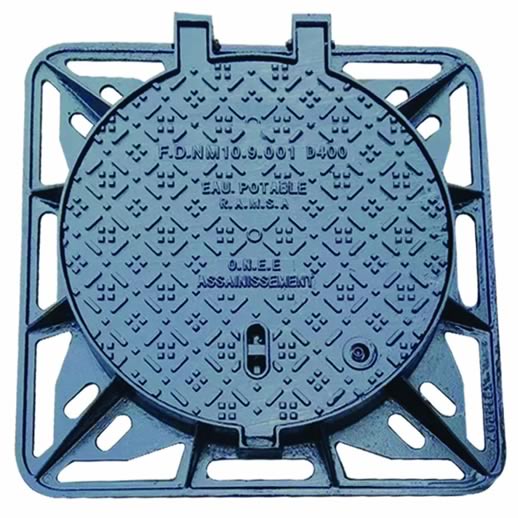Comprehensive Guide for Understanding and Maintaining Gate Valves in Industrial Applications
Understanding Gate Valves A Comprehensive Manual
Gate valves play a crucial role in various industrial applications, acting as on/off switches in the flow of liquids and gases. Their construction and operation are designed to provide minimal resistance to flow when fully open, making them an essential component in many piping systems. This article serves as a manual to help you understand the functionalities, applications, maintenance, and advantages of gate valves.
Construction and Operation
Gate valves are composed of several key components including the valve body, gate, seat, and actuator. The gate, typically shaped like a wedge or slab, is raised or lowered by a threaded stem or an actuator, either manual or pneumatic/hydraulic. This design allows for full-flow capability when the valve is in the open position, ensuring that there’s minimal pressure loss.
The seat of the valve, where the gate meets when closed, is often made from resilient materials such as brass, stainless steel, or rubber, forming a tight seal to prevent leaks. The body of the valve can be made from various materials such as cast iron, carbon steel, and ductile iron, depending on the application and the nature of the media being controlled.
Applications of Gate Valves
Gate valves are widely used in numerous industries due to their ability to control flow effectively. Common applications include
1. Water Supply Systems Gate valves regulate water flow in municipal water supply and distribution networks. 2. Oil and Gas Industry Essential for controlling the flow of crude oil and natural gas, ensuring that operations run smoothly and safely. 3. Power Plants Used for cooling water circulation in thermal and nuclear power plants. 4. Chemical Processing Enables the safe and reliable flow of corrosive and volatile chemicals.
Such versatility underscores the importance of gate valves in ensuring operational efficiency and safety.
gate valve manual

Maintenance and Troubleshooting
Regular maintenance is key to prolonging the service life of gate valves. Here are some tips and recommended practices
1. Inspection Periodically inspect the valve for signs of wear, corrosion, or leaks. Look for external damages like cracks in the body or flanges. 2. Lubrication Ensure that the stem threads and moving parts are well-lubricated to prevent seizing and operational difficulties. 3. Exercise the Valve Regularly operate the valve to prevent it from becoming stuck. This should be part of a scheduled maintenance program. 4. Seat Damage Check If a valve fails to seal properly, it might be due to damage to the seating surface. In such cases, consider reseating or replacing the valve.
Advantages of Gate Valves
Gate valves offer several advantages
- Low Resistance to Flow When fully open, gate valves provide nearly unrestricted flow, making them ideal for applications where pressure drop is a critical factor. - Durability These valves are designed for longevity, capable of withstanding high pressure and temperature fluctuations. - Minimal Maintenance With proper care, gate valves can operate efficiently with little need for repairs. - Versatility Suitable for a variety of media, including water, oil, gas, and chemical substances.
Conclusion
Gate valves are indispensable in managing the flow of fluids across various applications in industry. Understanding their operation, maintenance requirements, and the right application can significantly enhance system performance and reliability. Whether you are a field technician, an engineer, or a maintenance manager, having a solid grasp of gate valve mechanics ensures that you can make informed decisions to keep your systems running smoothly.
-
Square Sewer Cover Enhances Urban SafetyNewsAug.01,2025
-
Pipe Fitting Requires Precise AlignmentNewsAug.01,2025
-
Manhole Step Is DurableNewsAug.01,2025
-
Manhole Cover Is Found WorldwideNewsAug.01,2025
-
Hole Cover Frame On RoadsNewsAug.01,2025
-
Gully Grate Improves Road SafetyNewsAug.01,2025
-
Man Hole Cover Round Load CapacityNewsJul.31,2025
